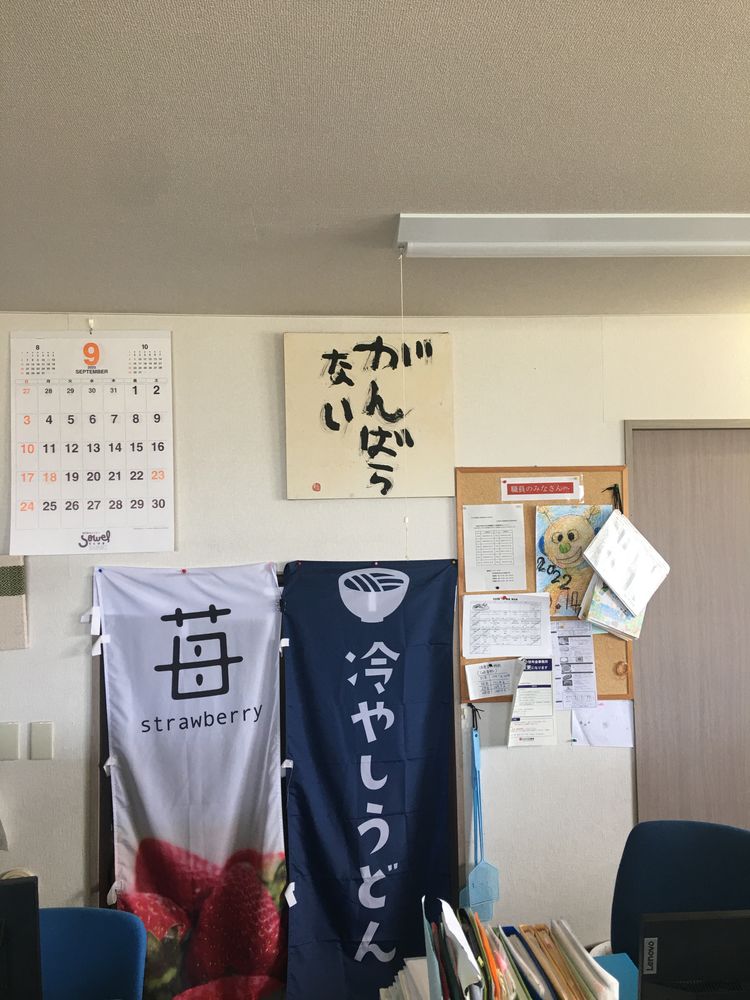Nation, Symbols, and the case of the Kamikaze Bombers
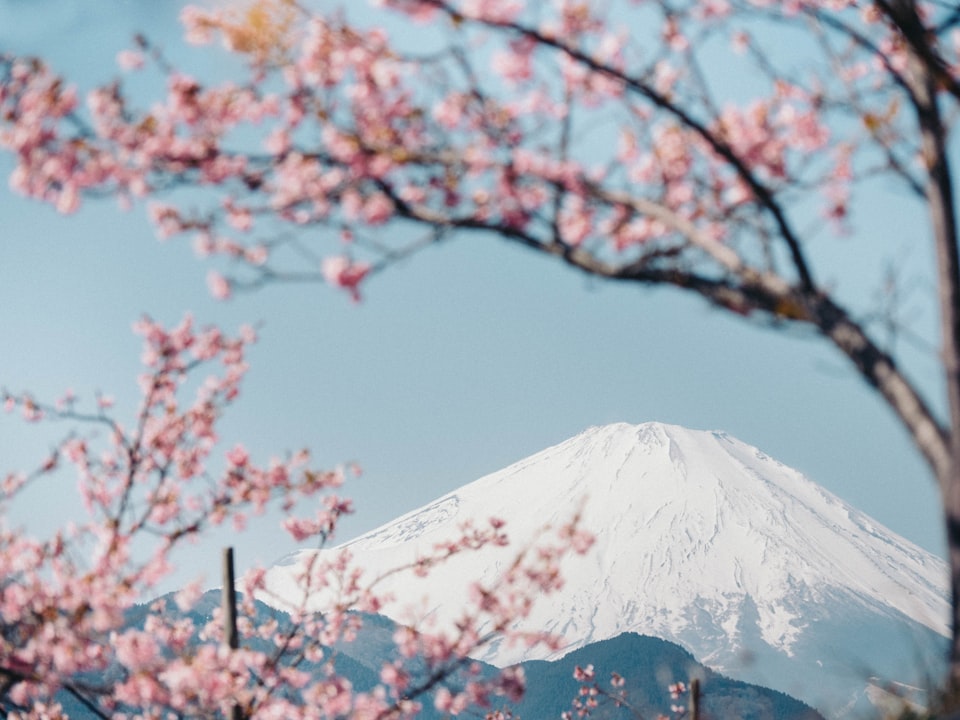
In the last days of the Second World War, thousands of Japanese soldiers literally dove to their own death. Some were last seen departing with a cherry blossom branch tied to themselves – a symbol notoriously associated with Japan – and a heroic ceremony to celebrate their sacrifice at the Yasukuni Shrine.
Following such events, these "Kamikaze" pilots were depicted as ruthless, devoted, and single-minded royalists to the Japanese emperor. Yet the letters they wrote, the small number of outspoken survivors, and the growing understanding of the complex notion of a "nation" have put this to question.
Many questions arise: why do we celebrate such sacrifices (as such deaths are not exclusive to Japan)? What is a country, and who are the people?
As we approach the potential of redrawing international borders – such as the potential annexation of Taiwan by China – and changing demographics due to a great inflow of immigrants, these questions may be crucial in the progress humankind will make.
First, let us define what a nation is. A nation, rather simply put, is a political entity that extends its influence over a specific group of people and territory.
Although it may be odd to imagine, a nation is equally defined by what it is, by what it is not. To understand this, we only need to think of the inception of a few nations.
The United States – in its famous "American Exceptionalism" – largely defined itself away from the British, Spanish, French, and others. It looked to "other" themselves, although they did borrow a lot from these "others". Japan similarly "othered" themselves from the Chinese. South Korea "others" themselves from the North in terms of political ideology; although they share the same history, culture, and more.
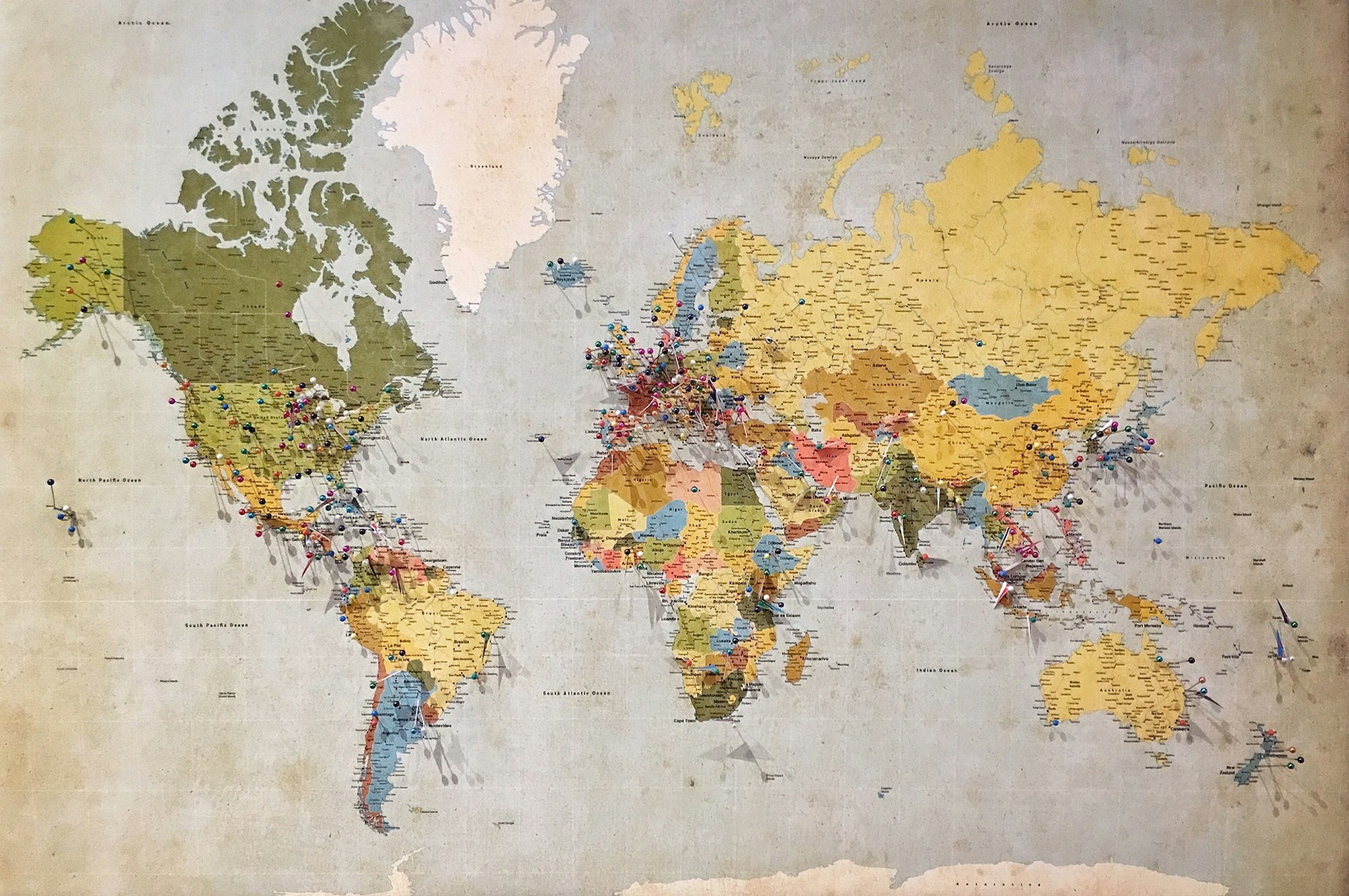
However, the "us" and "them/other" notion can extend back into the nation itself. From stratified caste systems, economic differences, to most importantly, power.
Once again, we must define power. For the sake of brevity, I will restrict this discussion of power to within a single nation. So borrowing from the definition of a nation above, "power" wields itself to the people and groups who practice such influence over a specific group and territory.
Now, I carefully use the word "influence" over causative words such as "effect". The reason is that power has its limits; especially as a nation expands. If power can "effect" people, totalitarian regimes would not fail as miserably as they have. It is precisely due to the limits of "power", that the classic underdog story of revolution and liberation has its place in our world.
To borrow the words from Dr. Ohnuki-Tierney:
We must move beyond a simplistic picture of a historical agent a someone, oppressor or oppressed, with power to change his/her society directly or instantly. While we cannot dismiss the role of the “masses,” who too participate in the historical processes, it would be an injustice to gloss over power inequalities among social agents. (296)
As seen here, it may be good to understand a nation as the unequal tug-of-war between those with power and without, to define who "we/us" are in opposition to who "they/other" are.
Through this tension, "culture" is coconstructed, reproduced, disintegrated, and morphed. To wrap up this overly complex section, the point is this:
Nations are built by the relationship between groups/individuals with different levels of power (i.e influence). This in no way is a static event, where it's "one-and-done", but is constantly in motion. The "we" change, just as much as "they" do.
So then, what does this look like on the ground; away from all this theoretical jargon? What can it accomplish/destroy, and what are its consequences?
We will explore these questions by looking at the infamous Japanese "tokkotai"; also known as the "Kamikaze" in popular media.
The "Kamikaze" is often associated with irrationality, recklessness, and suicide (Ohnuki-Tierney 2002, 20). For example, the terms "kamikaze" drinkers or drivers are associated with such recklessness. However, as we will see here, not many of these pilots were willing and single-minded war machines ready to die for the Japanese empire.
Through the unequal interplay between the powerful and those without power to define who "we" are; many were driven to death fighting for one thing, while those in power pushed for another.
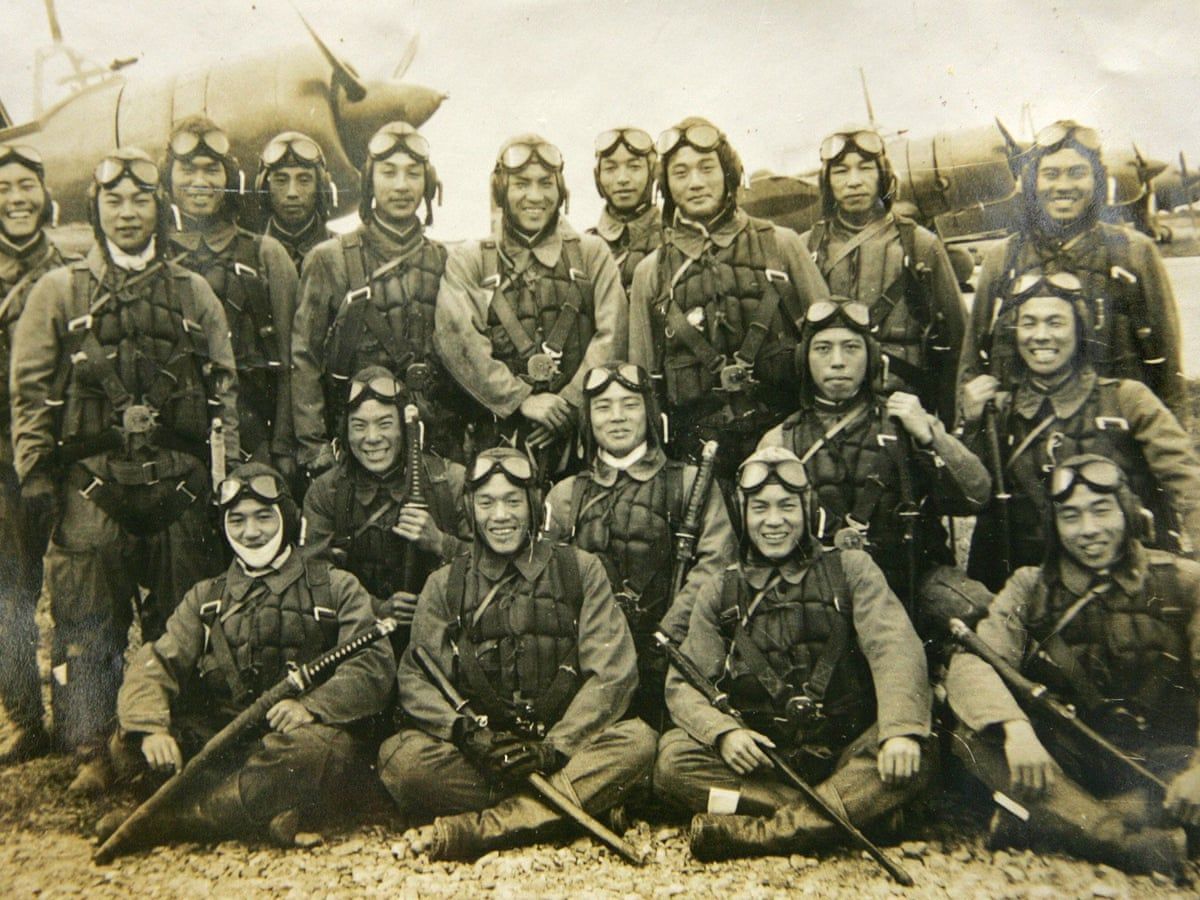
Let us briefly go over the history of what the tokkotai was. This name translates to "Special Attack Force", which was invented by the navy vice-admiral of World War 2 Onishi Takijiro. Although the flying "Kamikaze" is better known, there was an underwater force called the "Kaiten". The Kaiten, which translates to "Turning Heaven", were underwater torpedoes that operated similarly to that of the Kamikaze.
Both were former war vehicles that had been altered so that a return was made impossible. The "pilots" – once launched – were essentially destined for death.
Sidenote: I put the word pilot in quotation as the people within the Kaiten had close to little vision and control of the torpedoe.
This tokkotai was instituted at the end of the war when most intellectuals and elites within Japan knew that their defeat was inevitable. The nation's airforce, industry, and tactics were falling behind the "Allies", leading them to many crucial defeats.
So the tokkotai was a desperate – and ruthless – role of a die for a miracle. However, the thousands of pilots did not immediately take on this new system without question. In fact, not a single officer from the military volunteered as a pilot. They knew too well that it was meaningless.
So the Japanese government – the people who held the power – turned to teens, university students, and minorities to take on this "heroic role" as pilots of the tokkotai. But again, to depict these pilots as singleminded, brainwashed people is so far away from the truth. They also participated in the tug-of-war.
As seen through the diaries, letters, and conversations these pilots left after their death tells a story of agency and hope; that differs largely from the narrative of the Japanese government.
As Dr. Ohnuki-Tierney shows in her analysis of these diaries and letters, these new Japanese soldiers were the "cream of the crop" of the nation. They graduated or attended the best schools in Japan, and participated in scholarly discussions about Kant, Hegel, Nietzsche, Goethe, Rolland, Berdyaev, and other influential western scholars. So then, what pushed them to fight to their death?
It is due to the overlap between how these two groups interpreted, understood, and held on to certain national symbols. For today, we'll only explore one: the cherry blossom.
The Cherry Blossom and Japan's "otherness"
The symbolic cherry blossom of Japan holds strong cultural value and association with the nation to this day. Such usage of cherry blossoms tied to the Japanese archipelago can be seen far back into the 7th century; where the cherry blossom and rice were used largely as indicators of changing seasons, a reproductive symbol, and used in many mythical stories. These stories and cosmological system was largely reflected among regional farmers and civilians.
Later, the cherry blossom took on new meanings as a "Japanese Exceptionalism" for the elite who looked to create a separate collective identity from China. The Chinese held a similar plant, the Plum Blossom, to signify who "they" were.
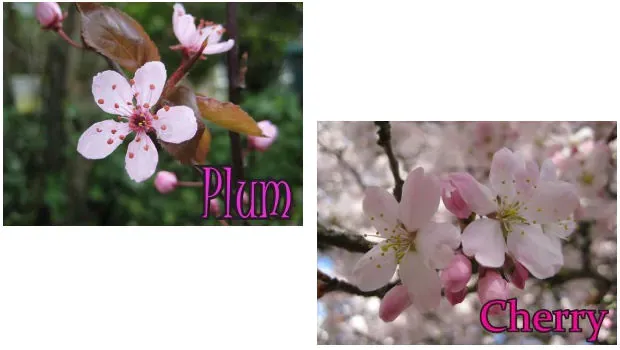
Already here, more than a millennia before World War 2, we see the mix of meanings being born among the people with power and those without. Many of the Japanese citizens most likely saw the cherry blossom as nothing more than an important part of their day-to-day lives and stories, while the highly disassociated elite began to see it as a political symbol.
Such attachments to cherry blossoms continued to rise through the Edo period (when the capital was moved to the Tokyo area) and took on great symbolic importance and representation as the nation entered the global stage in the late 19th century.
The cherry blossom continued to serve as seasonal markers for the people, where many go sit under fully bloomed trees and drink; a practice still popular today. The cherry blossom was also taken up by many foreign artists and scholars visiting Japan, who use the flower to represent the island nation.
What is notable here is the continuous theme of the short lives of the cherry blossoms. These beautiful flowers only bloom for about 2 weeks, and then gracefully fall from the spring wind; which is another famous depiction of these flowers. This short life of the flower, and the millennia-long national association with it, was used to essentially "aestheticize" the falling flower into falling soldiers.
The symbolic tie of the cherry blossom and Japan was further emphasized as it grew as a global empire; first annexing Hokkaido (and its peripheral islands), Taiwan, Manchuria, Korea, and more. However, by then, Japan's power was tied to the emperor.
The popular narrative – which was powerfully taught in school – was that the entire Japanese race shared ancestral roots with the emperor. Alongside this, there were countless songs, folklores, and lectures that emphasized the importance of living for the state; which was equal to the emperor. And metaphor was used to illustrate this? You guessed it: the cherry blossom.
Such educational systems centered around the emperor was systematically reinforced after the annexation of the Korean Penninsula (as there were no South or North Korea back then) in 1910. So the tokkotai pilots recruited at the end of World War 2, were the early group of young men to have been educated in this ideology. Therefore, although it may be difficult to imagine now, the idea of fighting and dying for the emperor would not have been much of a surprise for these people.
However, as briefly stated earlier, not all of the tokkotai pilots adhered to this message. Through their incessant reading of philosophers and social scientists, many actually wished to "reconstruct their nation". However, this idea was also tied with the cherry blossom and its short-lived death.
So to abruptly wrap up this commentary on cherry blossoms and the tokkotai, the pilots, citizens, and elites were pushing back and forth about 'who the Japanese were', and what they needed to do to exist as a unique people, as they faced the imminent threat of global defeat.
The elites – those with power – used the symbol of the cherry blossom to advocate for selflessness, "Japaneseness", loyalty to the emperor, and of course, to justify the short-lived lives of these new soldiers.
On the other hand, these young soldiers also saw the symbol of the cherry blossom as a symbol of "Japaneseness"; but through nostalgia, their own ideologies of a new Japan, and also, to justify their short lives.
The young men found aesthetics in the purity of devotion to their country without realizing that such devotion was exactly what the state wanted so that they would die for their emperor qua Japan — not their Japan, but imperial Japan (Ohnuki-Tierney 2002, 16)
Yet again, it is the unequal balance of power that led the soldiers to bear the brute consequence of a ruthless death of "suicide bombing".
The tug-of-war continues today. There are many parts of our culture that represent various things, just as the cherry blossoms did in Japan.
The rainbow flag, political representatives, masks, and many more. It is incredibly difficult to navigate whether what we are fighting for actually aligns with what those in power are pushing for; or if they are merely overlapping by the usage of the same symbols or similar language.
I have no answers to that question, as it is often one that can only be answered in hindsight. However, by continuously posing the question, "who holds the power?", the tug-of-war will continue.
Further reading: Kamikaze, Cherry Blossoms, and Nationalisms by Emiko Ohnuki Tierney.
![[Guest Post] Exploring Colonial History through Art](/content/images/size/w750/2023/11/graphite-island-banner.png)
